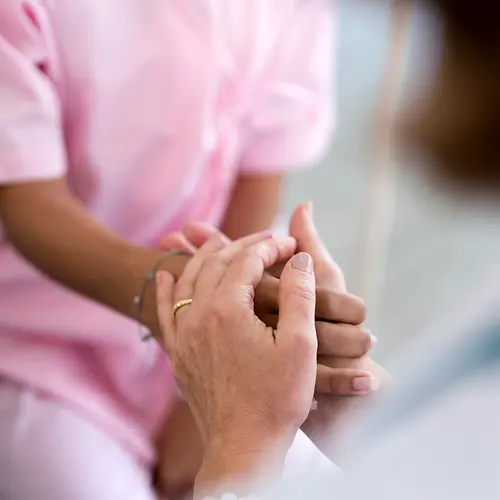You may know the statistics: More than 310,000 new cases of invasive breast cancer will be diagnosed this year, and an estimated one in eight women will be diagnosed with breast cancer during their lifetimes. Did you know that those risks change depending on your race?
The lifetime risk of having breast cancer is about 11% among women of Asian/Pacific Islander descent, compared to about 12% for Black women and about 13% for white women.
Even though the rates of breast cancer among Asian women are slightly lower than those of other races, the incidence of breast cancer is on the rise. Between 1999 and 2018, breast cancer rates in Asian women increased 1.4% per year. The ethnicities with the greatest risk were Filipina, South Asian, Chinese, Korean, and Vietnamese.
The things affecting the risks of breast cancer are different for Asian women than women of other races, too.
The Impact of Birthplace
Among Asian women, birthplace appears to play a role in breast cancer risk.
Breast cancer rates are lowest in Bangladesh, Mongolia, and Nepal and highest in Hong Kong, China, Japan, and South Korea. Among the countries in the Asia-Pacific region, women in Indonesia, the Philippines, Malaysia, Singapore, and Fiji have the highest breast cancer death rates.
Research also shows that Asian women born in the United States have lower rates of breast cancer than those who immigrated to the U.S. later in life. The rates of breast cancer were almost two-and-a-half times higher among Asian women who spent less than 50% of their lives in the U.S., compared to their U.S.-born peers.
It’s believed that adopting a “Western” lifestyle that includes a higher-fat diet, more sedentary behaviors, delaying childbirth, and new exposures to things in the environment could add to the higher risk of breast cancer among Asian women who immigrate to the United States.
Screening may also play a role in the disparities. Studies have found that more than 63% of Asian immigrants had a mammogram in the past 2 years, compared with just 37% of Asian women born in the U.S. Higher screening rates lead to increased rates of breast cancer detection.
Age Matters
For Asian women, the risk of getting breast cancer peaks between the ages of 40 and 49, and after age 50, breast cancer rates in this group declined or stabilized. This is in stark contrast to Black women, who are a median age of 60 at the time of their breast cancer diagnosis. In white women, breast cancer risk is highest between the ages of 75 and 79.
The U.S. Preventive Services Task Force doesn’t recommend breast cancer screening until age 50 for women at average risk of getting breast cancer. Since Asian women tend to be diagnosed before their 50th birthdays, it’s important to talk with health care providers about mammograms and the benefits of early screening.
Differences in Cancer Subtypes
Race also appears to affect the type of breast cancer diagnoses women get.
At younger ages, Asian women are more likely to be diagnosed with estrogen receptor-positive (ER+) breast cancer (and less likely to be diagnosed with triple-negative breast cancer), compared to non-Hispanic white women. At the same time, the incidence of ER- breast cancer is declining for Asian women.
Those risks change with age. At older ages, Asian women have higher proportions of triple-negative breast cancer, human epidermal growth factor receptor 2 (HER2)-positive breast cancer, and grade 3 tumors than non-Hispanic white women.
Researchers suspect that these differences could be due to differences in genes, lifestyle, and health care access across racial and ethnic groups.
Understanding the Outcomes
Although breast cancer is the second leading cause of death in Asian American women, this group also has the lowest breast cancer death rates of all races and ethnicities.
Data shows that the breast cancer death rate among Asian women is 11.7 per 100,000 women. In comparison, the rate among white women is 19.6 per 100,000. And for Black women, it’s 27.3 per 100,000.
In a study comparing breast cancer survival rates between Chinese and white women, the 10-year survival rate was 88.8% among Chinese women and 85.6% among white women. The reasons for the differences were unclear, but early diagnosis could be the key. Asian women had the highest chance of all races of being diagnosed with stage I breast cancer.
Asian women, especially those who immigrated to the U.S. from other countries, need to be aware of their breast cancer risk and discuss screening options with their health care providers.
All women, regardless of race, should focus on lifestyle factors like exercising, keeping a healthy weight, eating nutritious foods, limiting or avoiding alcohol, and quitting smoking. Those actions can help reduce the risk of having breast cancer.

